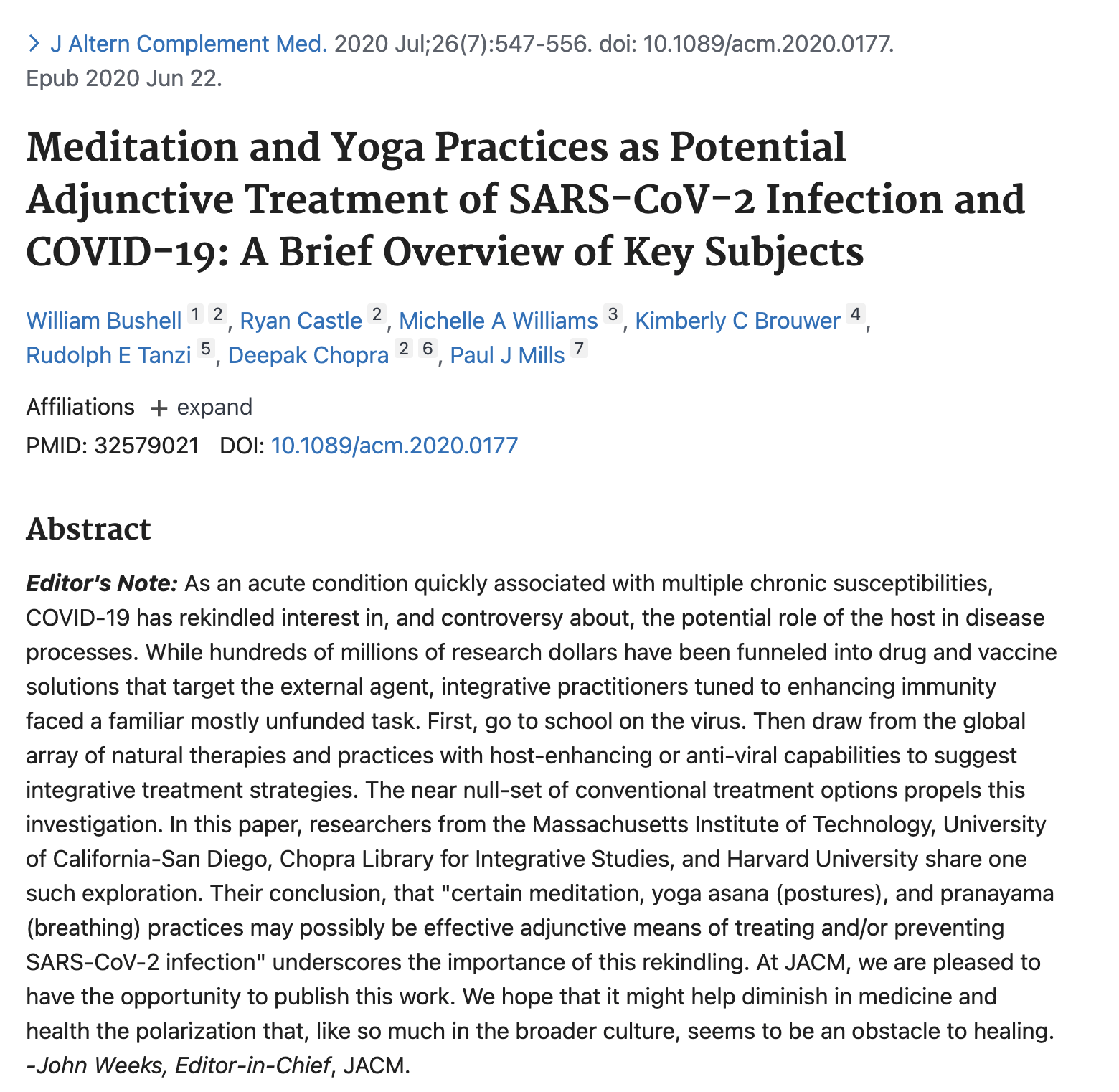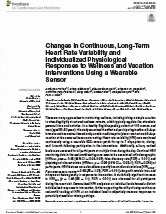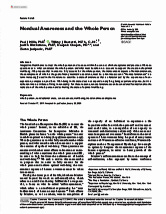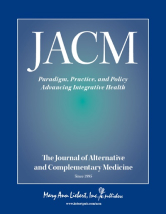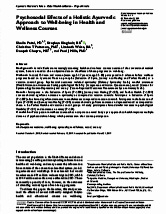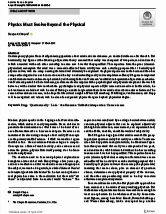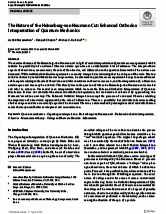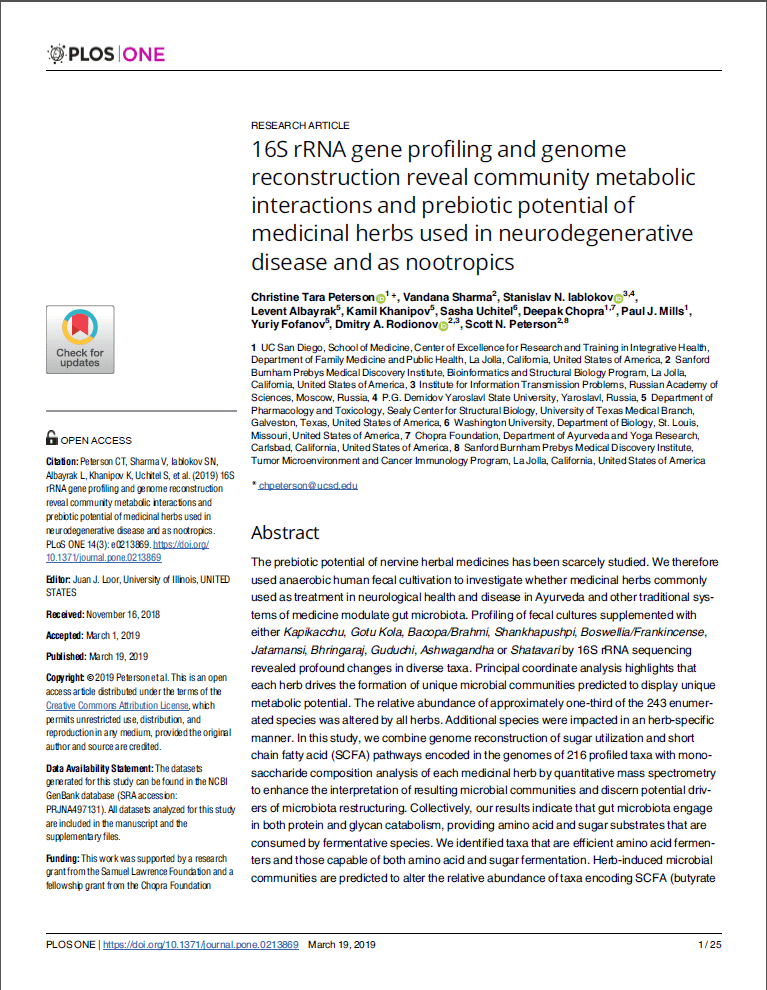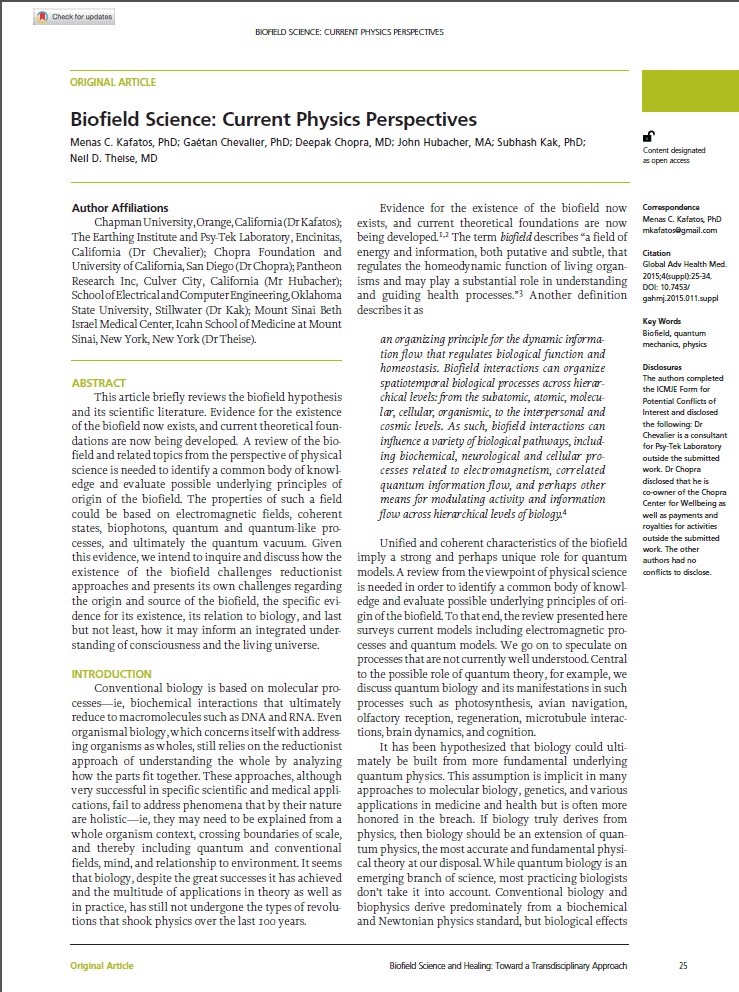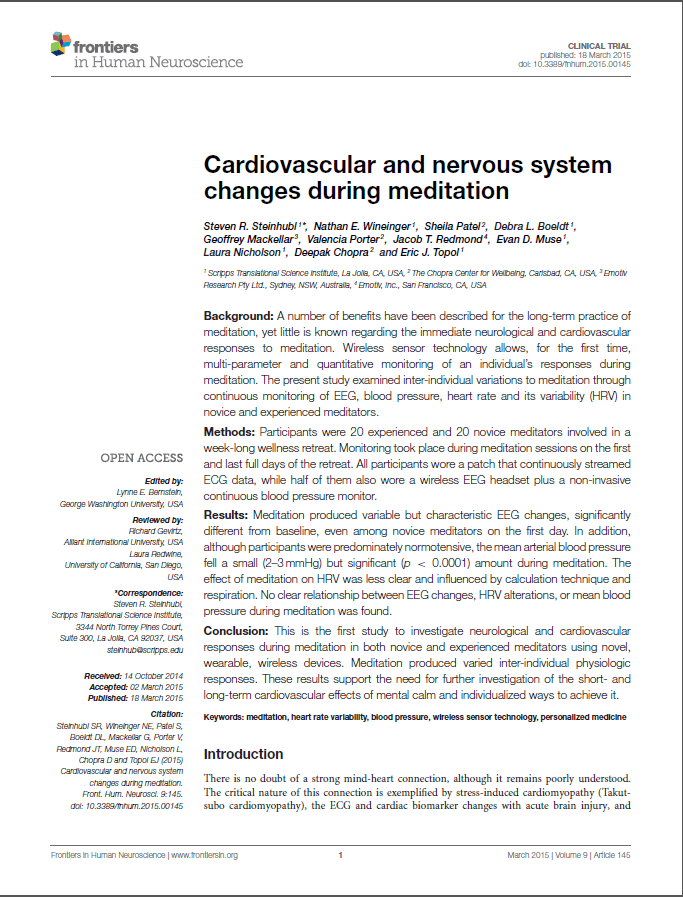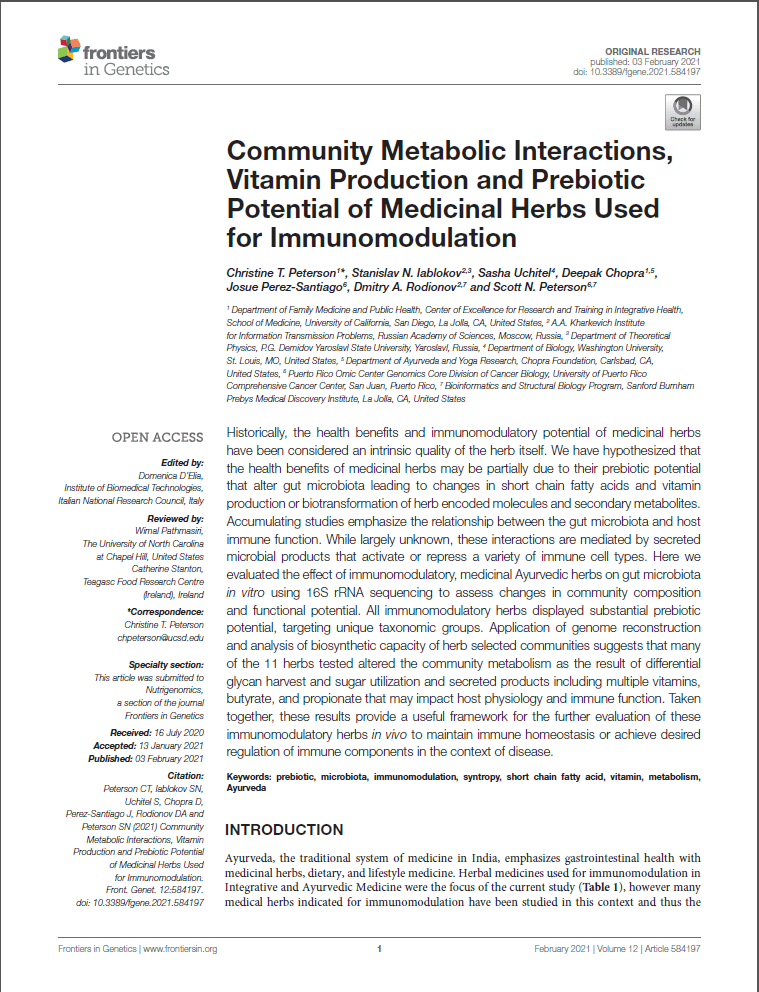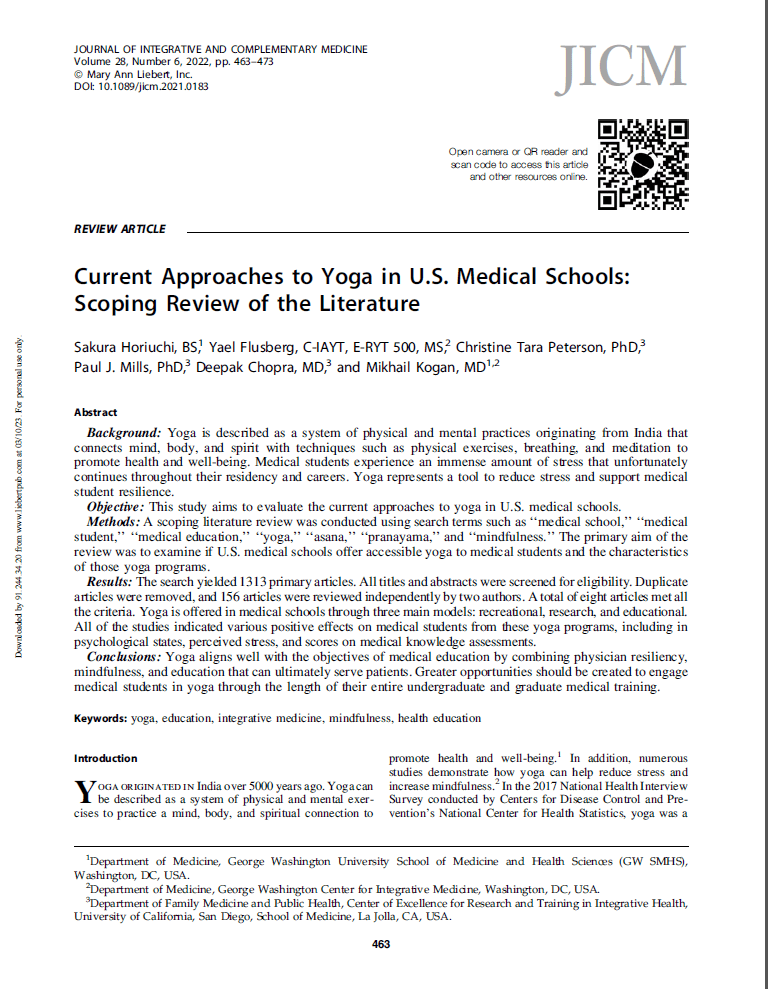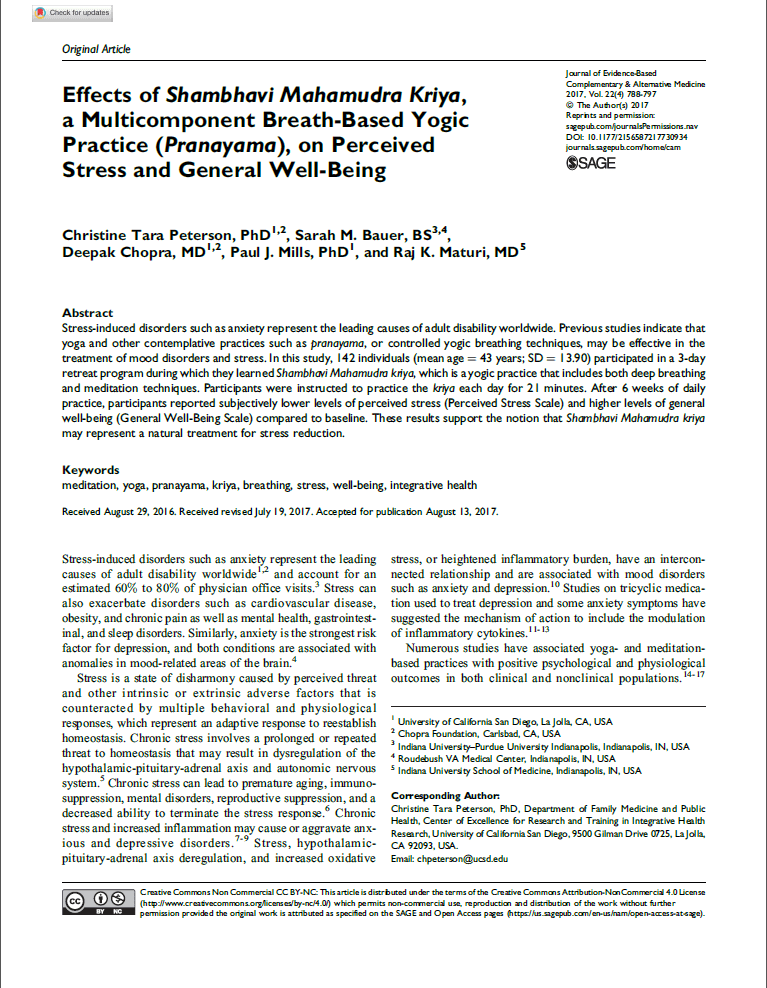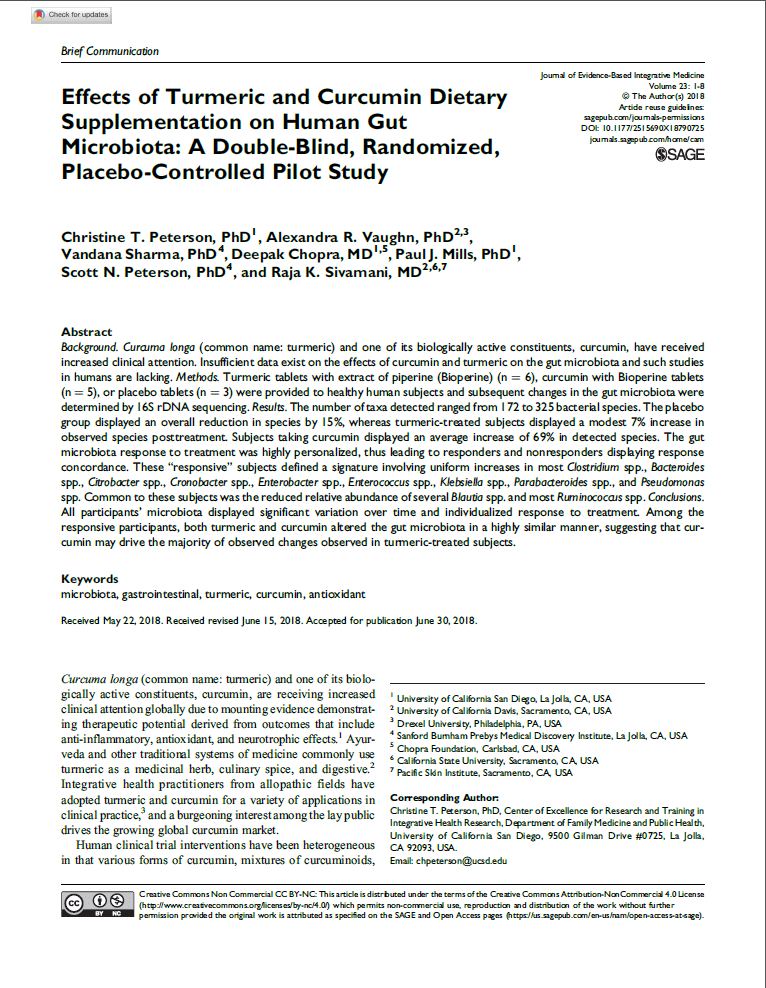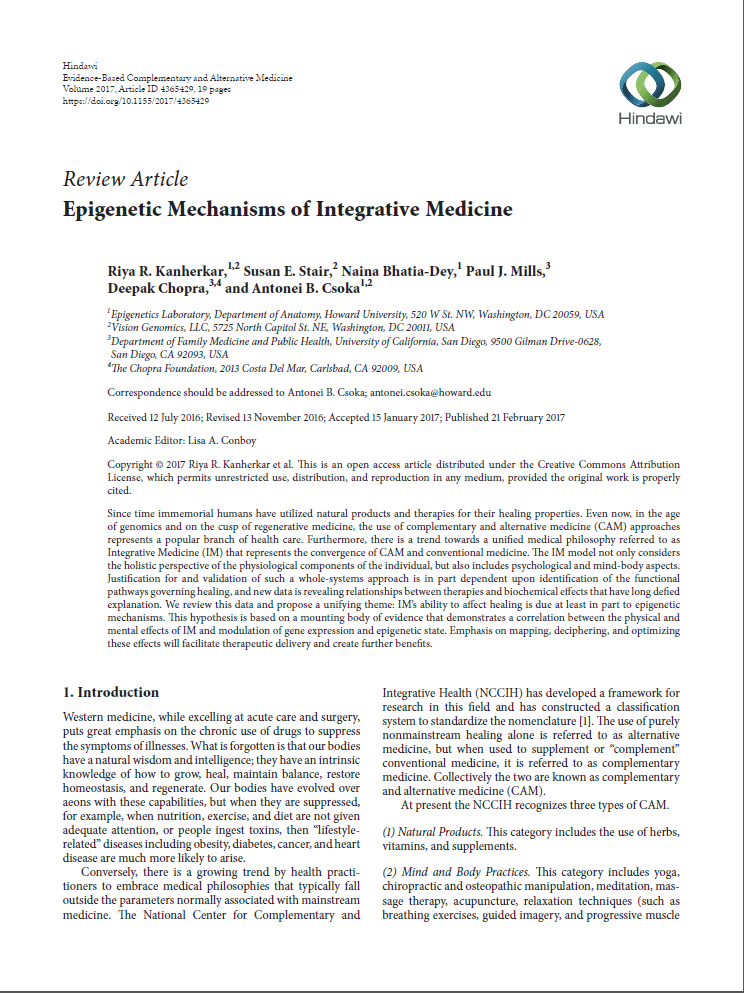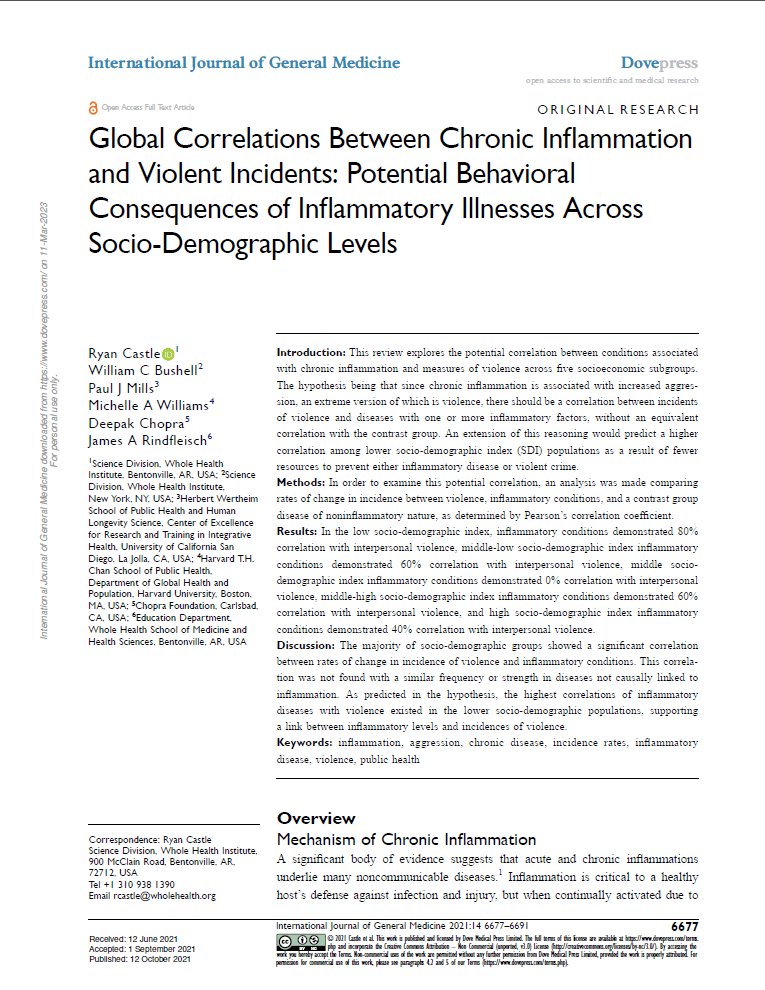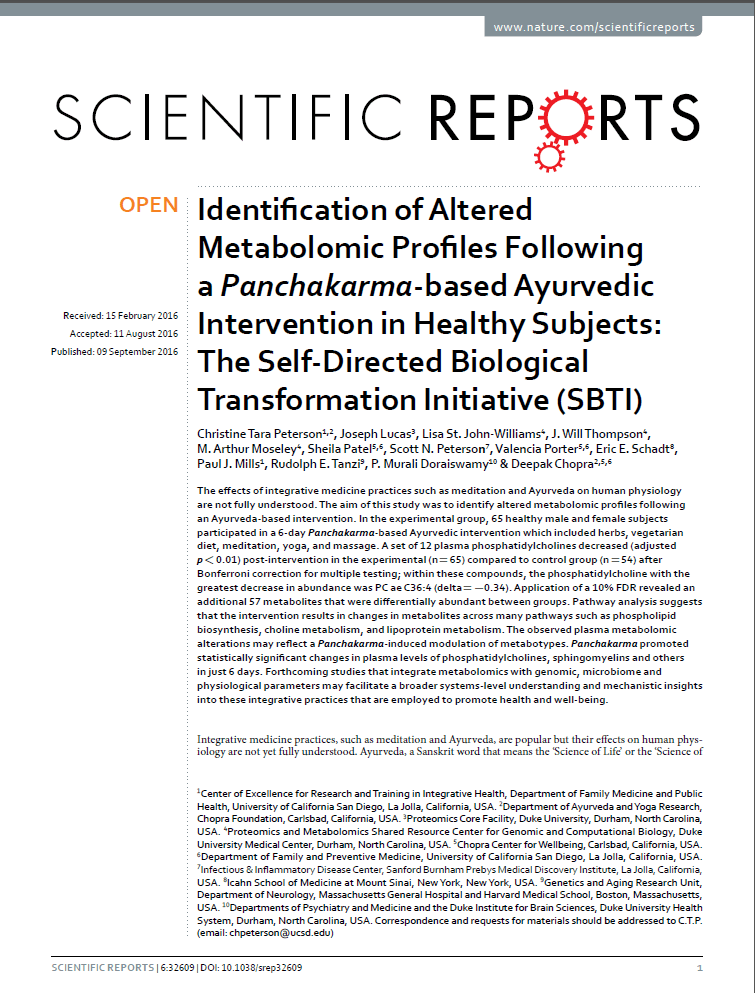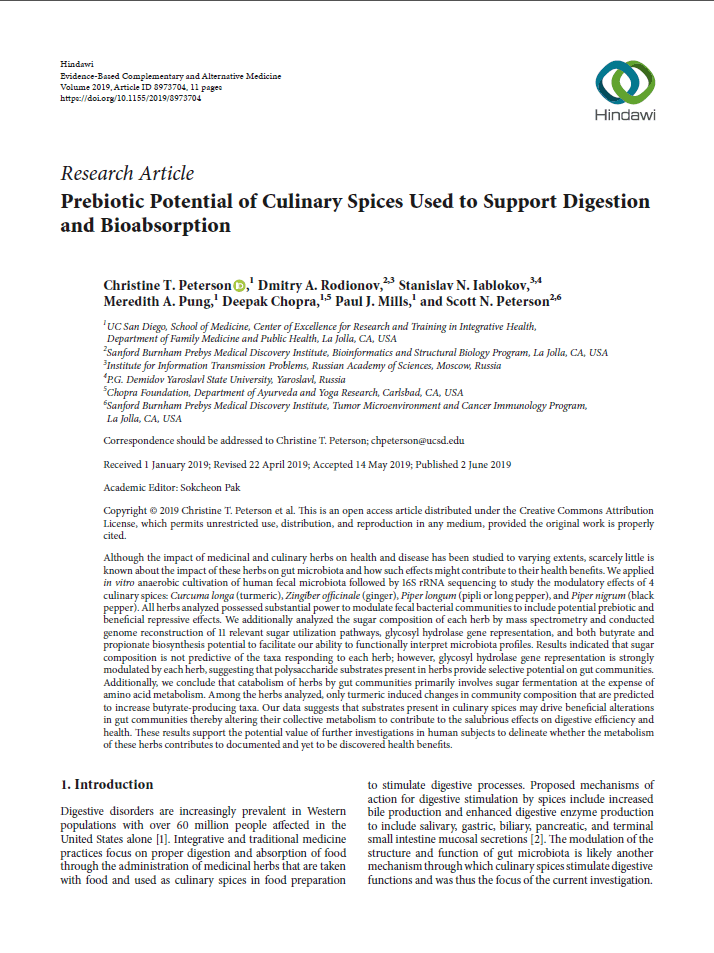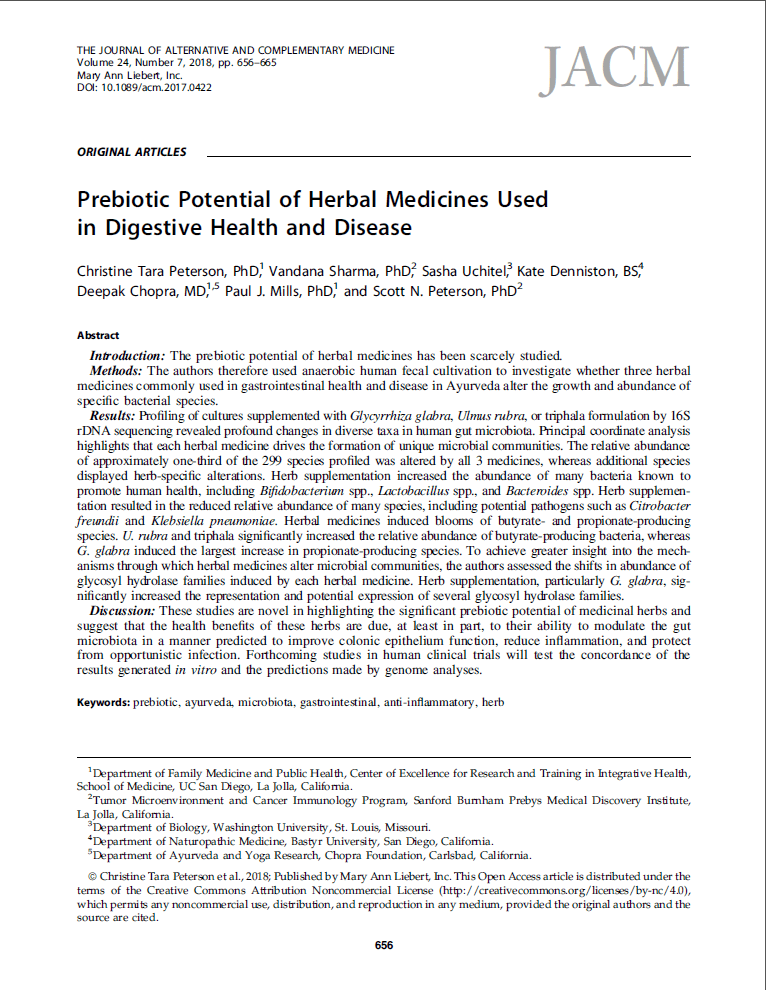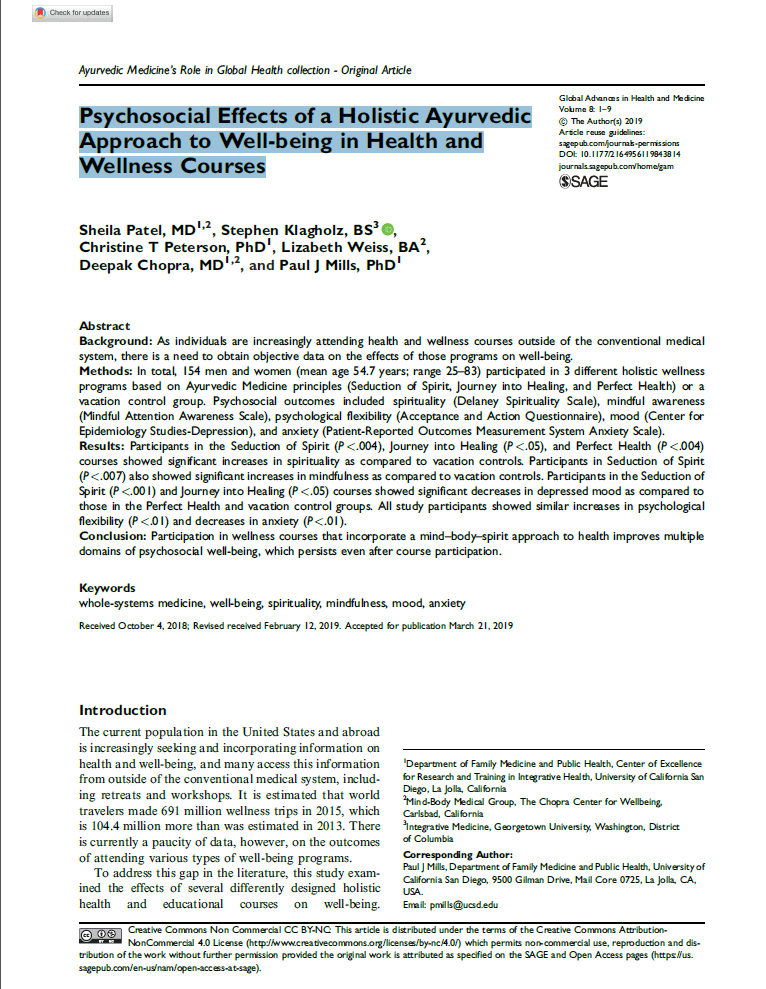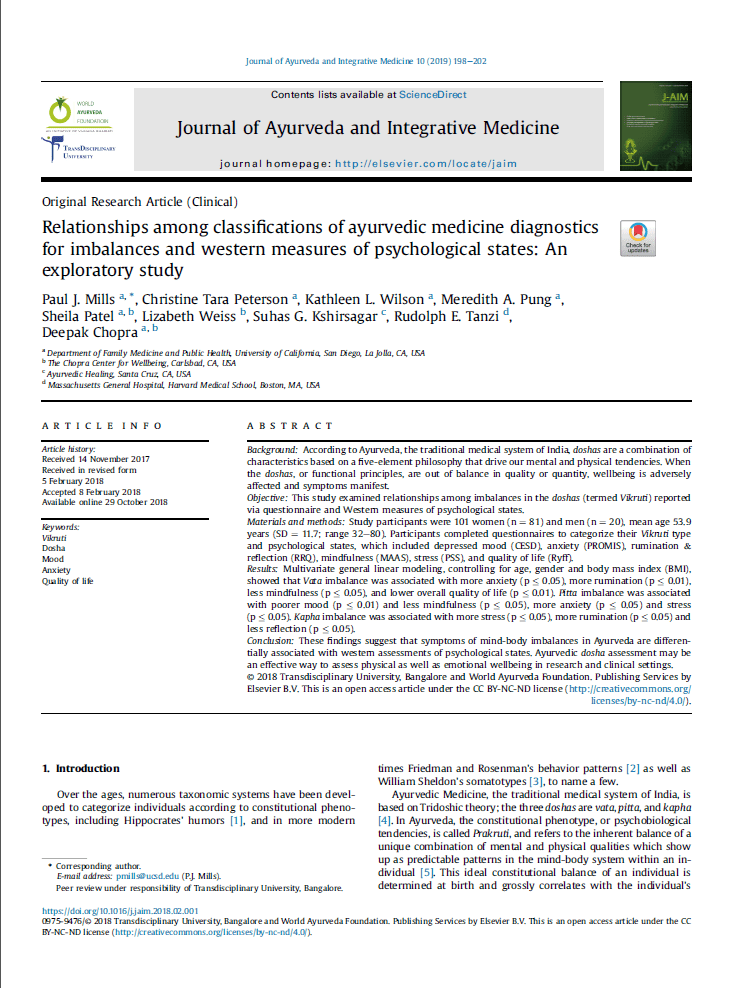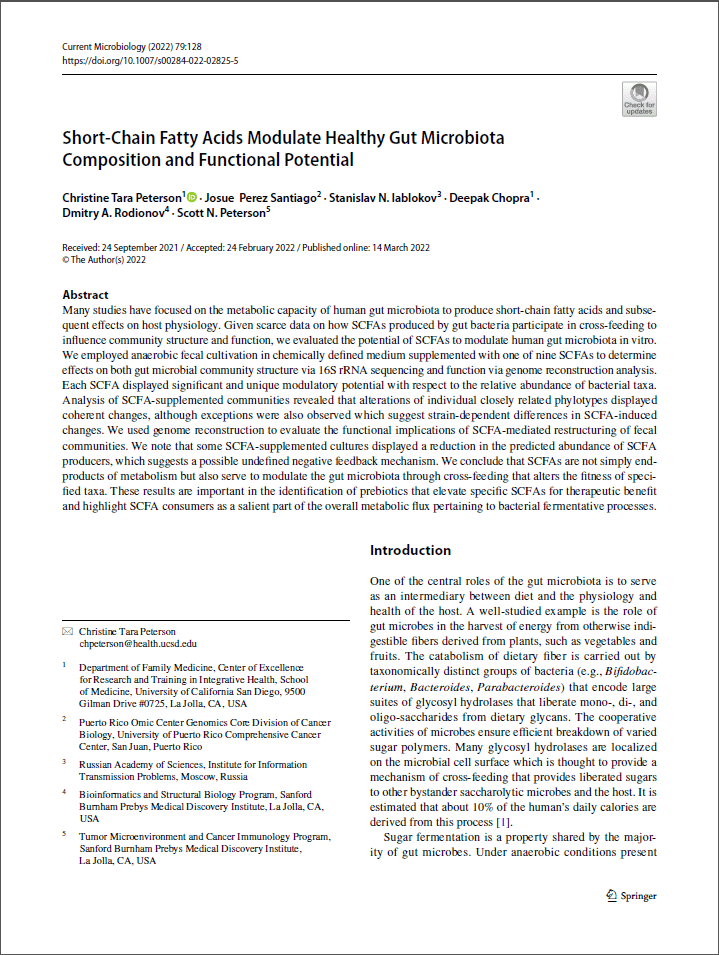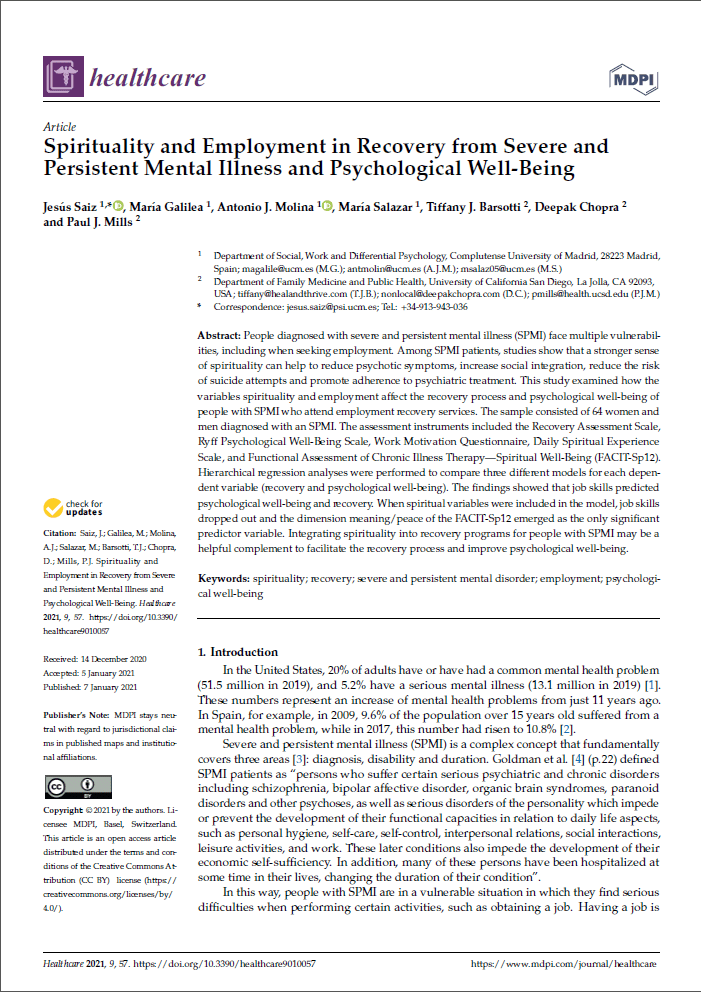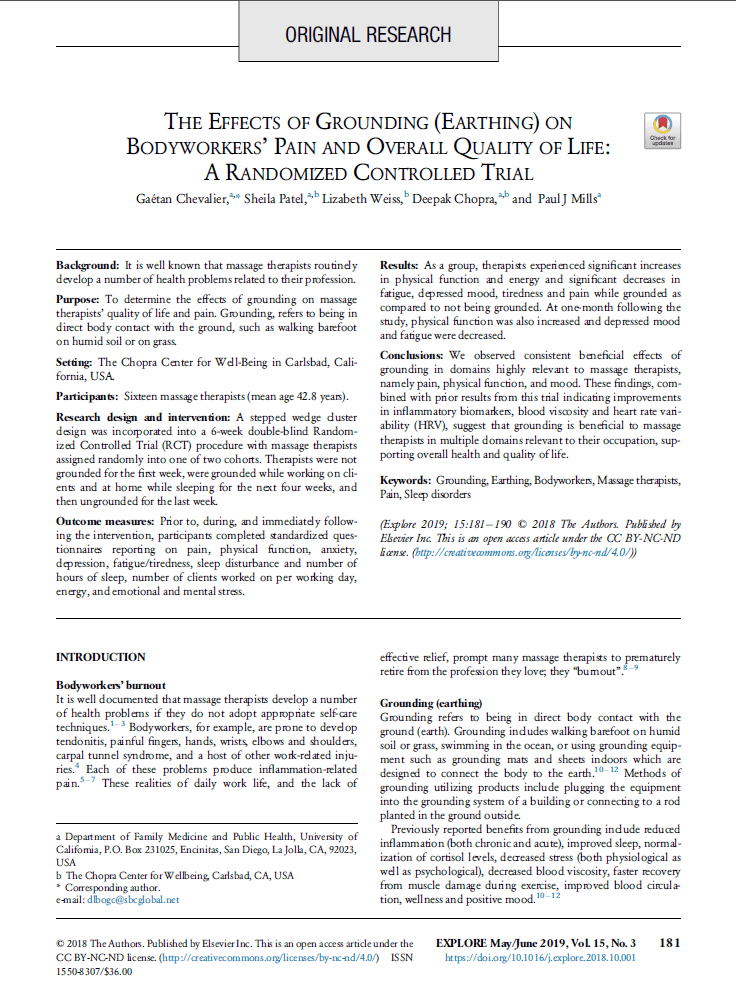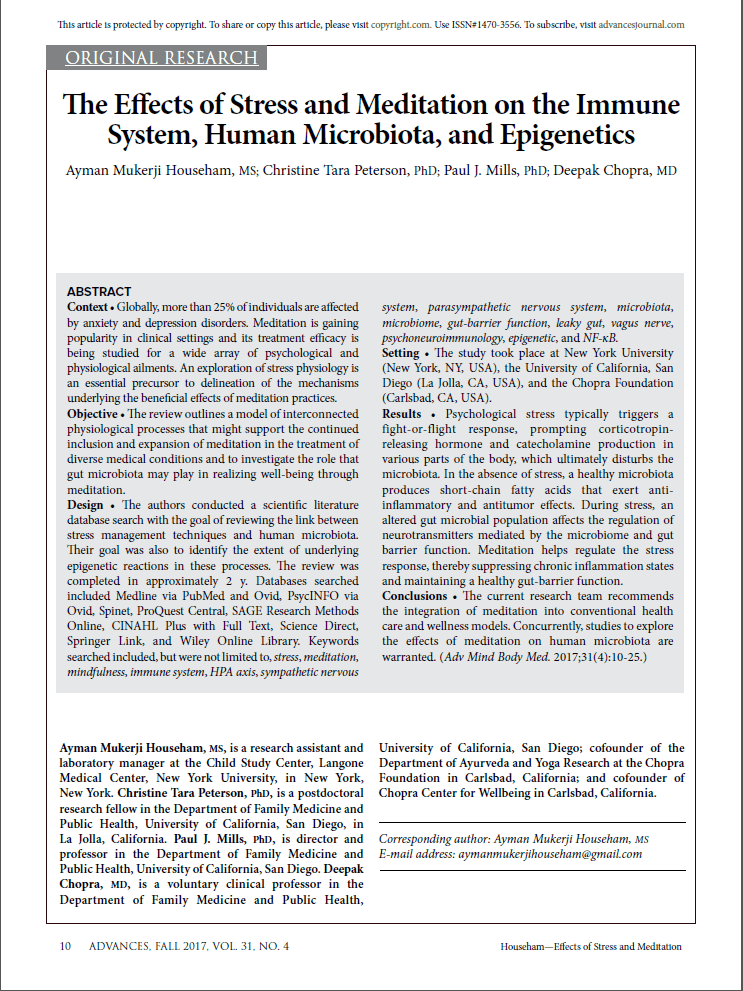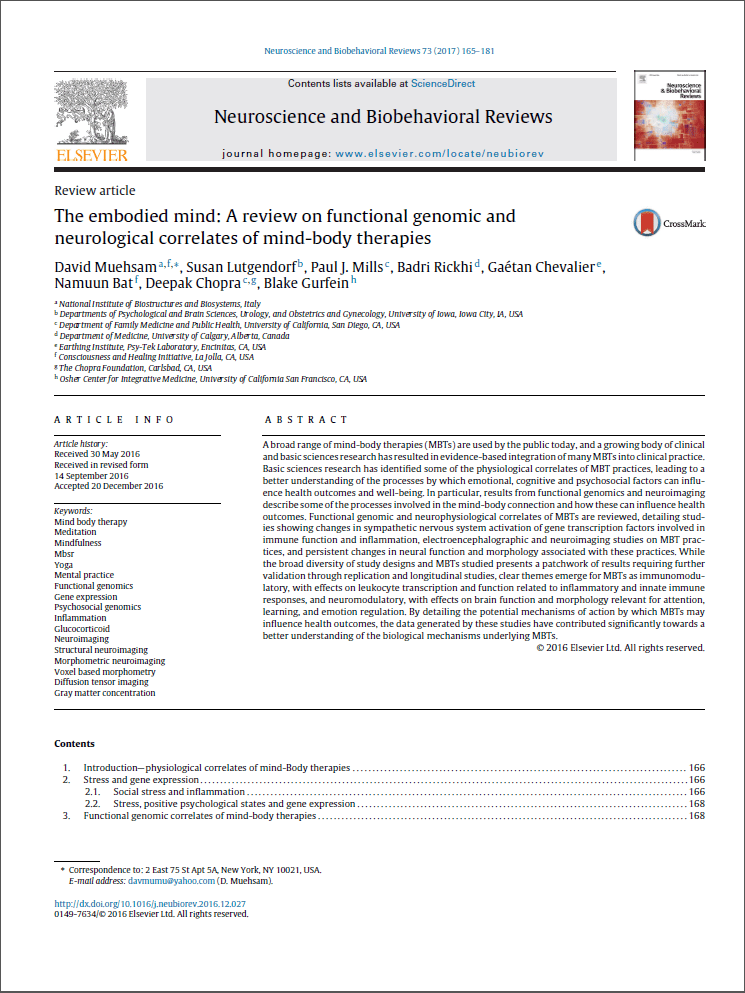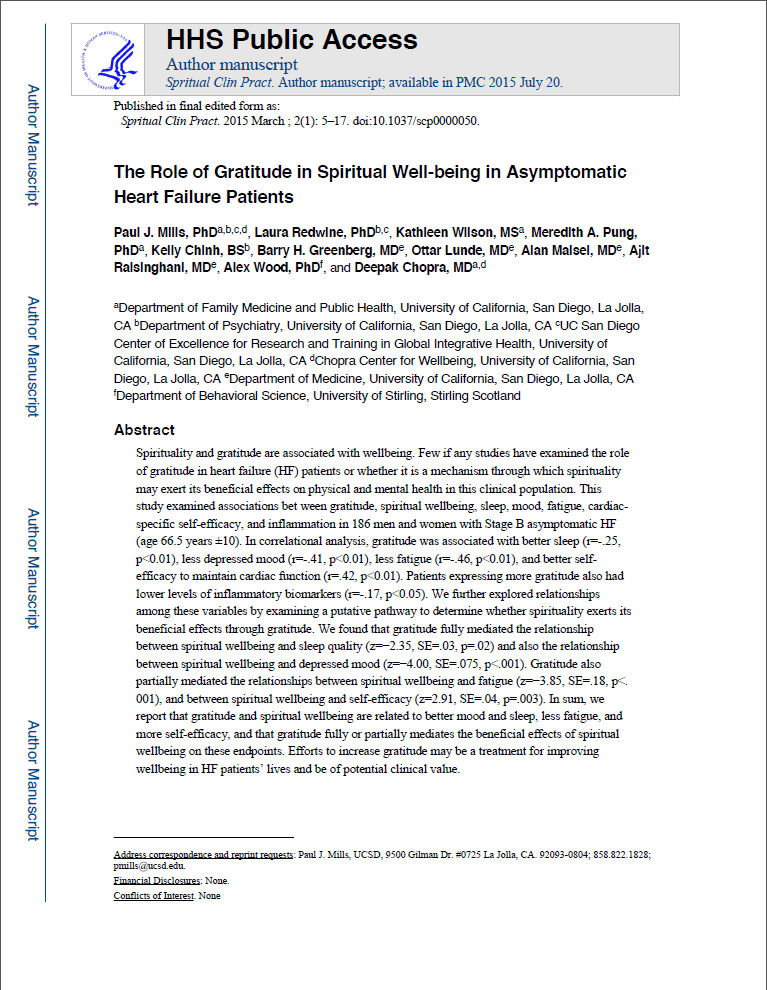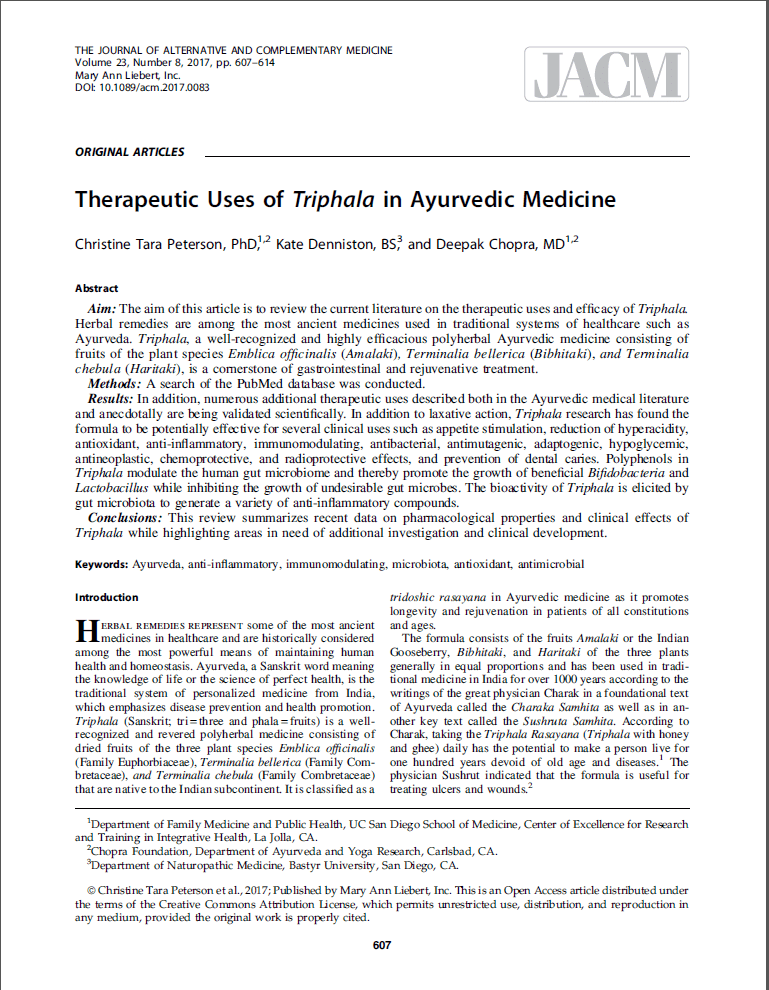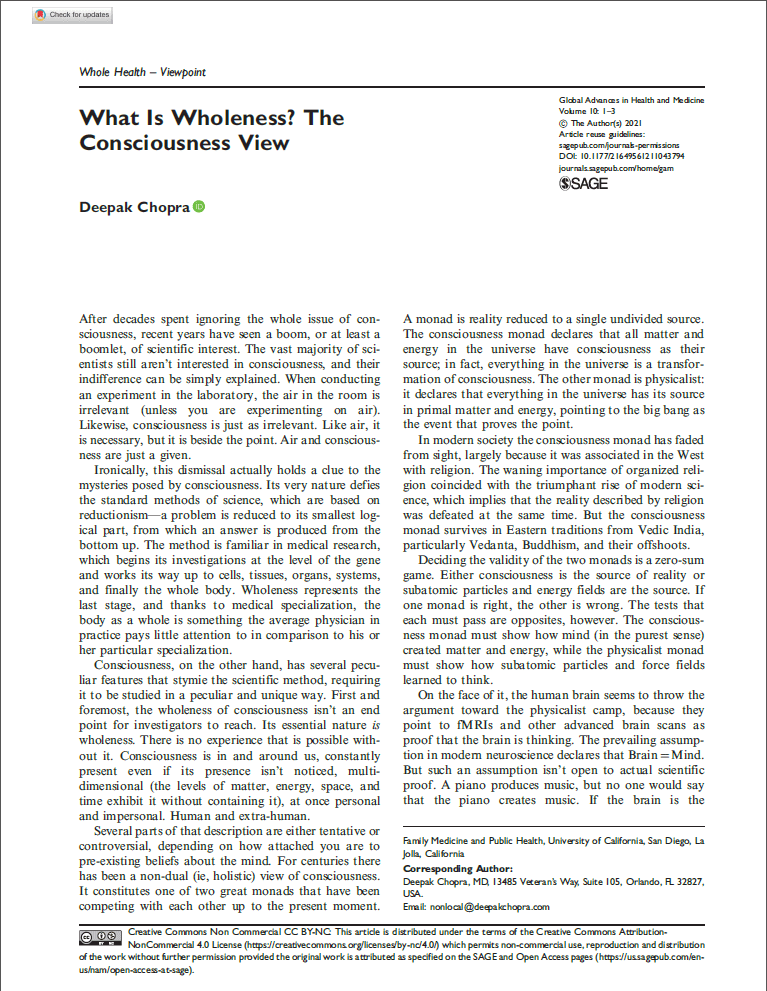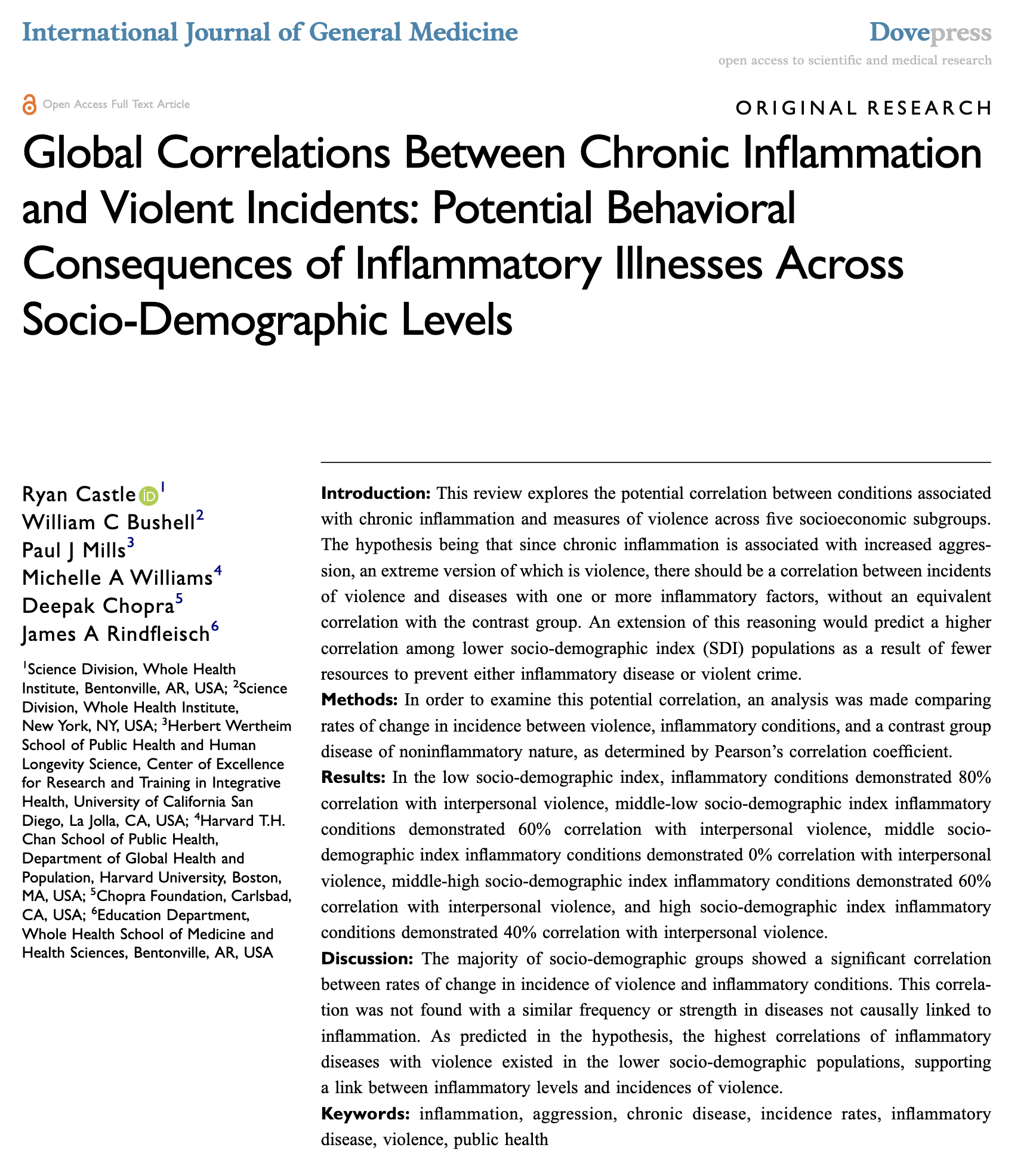
Global Correlations Between Chronic Inflammation and Violent Incidents: Potential Behavioral Consequences of Inflammatory Illnesses Across Socio-Demographic Levels
International Journal of General Medicine Volume 14, 2021 – Issue
Introduction: This review explores the potential correlation between conditions associated with chronic inflammation and measures of violence across five socioeconomic subgroups. The hypothesis being that since chronic inflammation is associated with increased aggres-sion, an extreme version of which is violence, there should be a correlation between incidents of violence and diseases with one or more inflammatory factors, without an equivalent correlation with the contrast group. An extension of this reasoning would predict a higher correlation among lower socio-demographic index (SDI) populations as a result of fewer resources to prevent either inflammatory disease or violent crime.Methods: In order to examine this potential correlation, an analysis was made comparing rates of change in incidence between violence, inflammatory conditions, and a contrast group disease of noninflammatory nature, as determined by Pearson’s correlation coefficient.Results: In the low socio-demographic index, inflammatory conditions demonstrated 80% correlation with interpersonal violence, middle-low socio-demographic index inflammatory conditions demonstrated 60% correlation with interpersonal violence, middle socio- demographic index inflammatory conditions demonstrated 0% correlation with interpersonal violence, middle-high socio-demographic index inflammatory conditions demonstrated 60% correlation with interpersonal violence, and high socio-demographic index inflammatory conditions demonstrated 40% correlation with interpersonal violence.Discussion: The majority of socio-demographic groups showed a significant correlation between rates of change in incidence of violence and inflammatory conditions. This correla-tion was not found with a similar frequency or strength in diseases not causally linked to inflammation. As predicted in the hypothesis, the highest correlations of inflammatory diseases with violence existed in the lower socio-demographic populations, supporting a link between inflammatory levels and incidences of violence.
LINK: https://www.tandfonline.com/doi/epdf/10.2147/IJGM.S324367

